Home>Renovation & DIY>DIY Projects & Ideas>DIY Projects: How To Drill Into Cement Walls
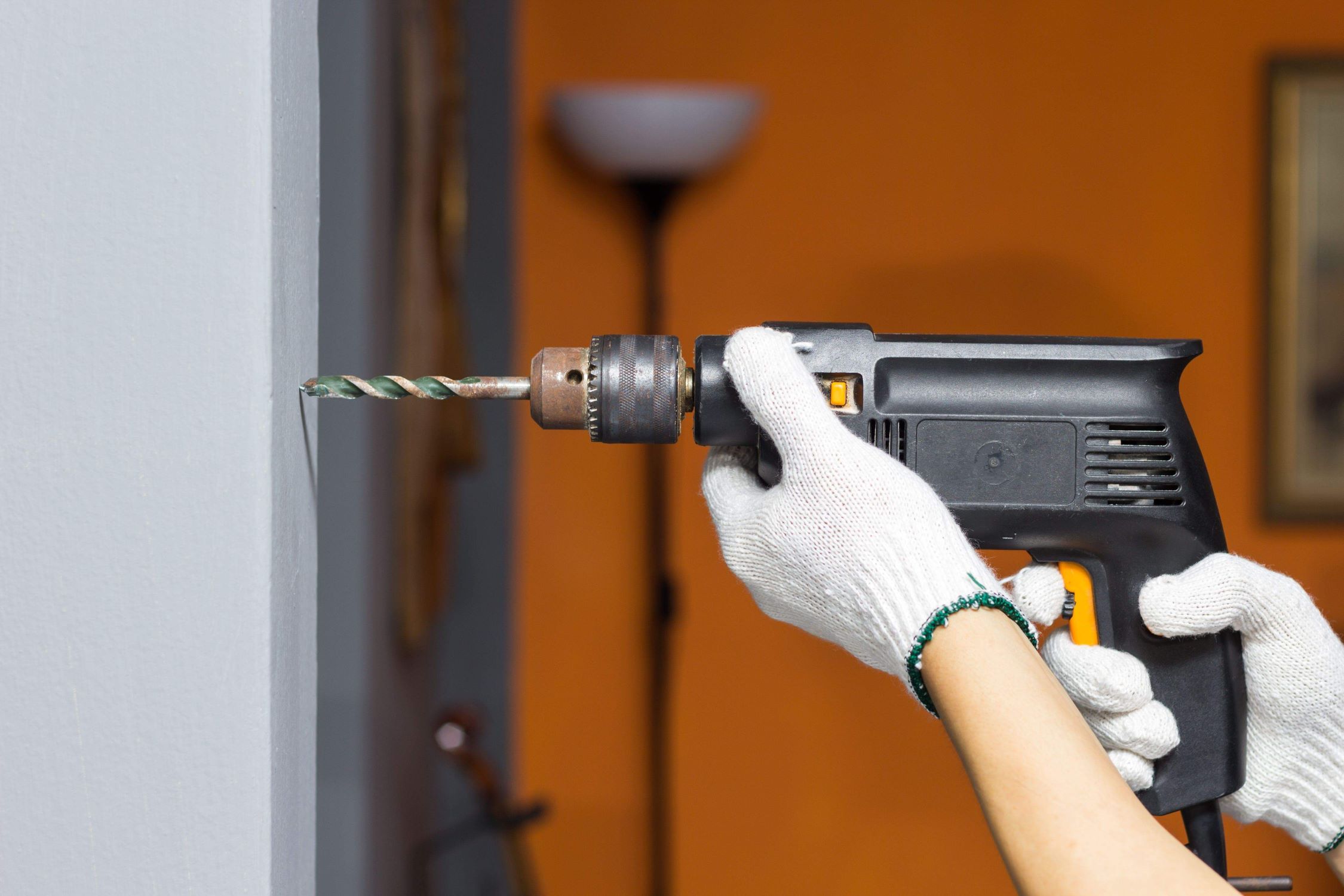

DIY Projects & Ideas
DIY Projects: How To Drill Into Cement Walls
Modified: February 23, 2024
Learn how to tackle DIY projects with our expert tips and tricks, including the best techniques for drilling into tough cement walls. Find inspiration and ideas for your next DIY endeavor!
(Many of the links in this article redirect to a specific reviewed product. Your purchase of these products through affiliate links helps to generate commission for Storables.com, at no extra cost. Learn more)
Introduction
Are you ready to take your DIY projects to the next level? Drilling into cement walls might seem like a daunting task, but with the right tools, materials, and know-how, you can tackle this challenge like a pro. Whether you're looking to hang a heavy mirror, install a shelf, or mount a TV, mastering the art of drilling into cement walls will open up a world of possibilities for enhancing your living space.
In this comprehensive guide, we'll walk you through the essential steps for drilling into cement walls safely and effectively. From understanding the necessary safety precautions to selecting the right drill bit and mastering the drilling technique, you'll gain the confidence and skills needed to embark on this DIY endeavor with ease.
So, roll up your sleeves, grab your gear, and let's dive into the exciting world of DIY projects and home improvement. With the tips and insights provided in this guide, you'll be well-equipped to tackle the challenge of drilling into cement walls and bring your creative visions to life.
Key Takeaways:
- Master the art of drilling into cement walls by prioritizing safety, selecting the right tools, and following precise techniques for successful DIY projects and home improvement.
- Embrace the potential of transforming your living space with confidence and flair through the mastery of drilling into cement walls, opening doors to endless creative possibilities.
Safety Precautions
Before diving into any DIY project, especially one involving drilling into cement walls, it’s crucial to prioritize safety. Cement walls are sturdy and often require more effort to penetrate than drywall or wood, making it essential to take the necessary precautions to avoid accidents and injuries. Here are some key safety measures to keep in mind:
- Protective Gear: Always wear safety goggles to shield your eyes from dust, debris, and potential flying particles during the drilling process. Additionally, donning a dust mask will help prevent inhalation of fine cement particles, safeguarding your respiratory health.
- Stable Footing: Ensure that you are standing on a stable surface while drilling. Avoid slippery or uneven ground that could lead to loss of balance and potential accidents.
- Electrical Cables and Pipes: Before drilling into any wall, it’s crucial to be aware of the location of electrical cables and plumbing pipes to avoid damaging them. Use a reliable cable and pipe detector to identify their positions before drilling.
- Power Source: When working with power tools, prioritize electrical safety. Ensure that the power source for your drill is equipped with a ground fault circuit interrupter (GFCI) to minimize the risk of electric shock.
- Stability of the Wall: Assess the stability of the cement wall before drilling. If the wall shows signs of structural instability, consult a professional before proceeding with any drilling activities.
- Proper Handling of Tools: Familiarize yourself with the operation of the drill and its accessories. Ensure that the drill bit is securely attached, and the drill is set to the appropriate speed for the task at hand.
By adhering to these safety precautions, you’ll create a secure and controlled environment for your DIY drilling project, minimizing the risk of accidents and ensuring a smooth and successful outcome.
Tools and Materials Needed
Embarking on a DIY project to drill into cement walls requires a specific set of tools and materials to ensure a successful and efficient outcome. Before you begin, gather the following essentials to equip yourself for the task at hand:
Tools:
- Hammer Drill: A hammer drill, also known as a rotary hammer, is the go-to power tool for drilling into hard materials like concrete and masonry. Its hammering action helps break up the concrete as the drill bit rotates, making the drilling process more manageable.
- Masonry Drill Bits: Invest in high-quality masonry drill bits designed to withstand the rigors of drilling into cement walls. These bits feature a carbide tip for enhanced durability and efficient penetration.
- Level: A level will help ensure that your drilled holes are straight and accurately aligned, especially when working on projects that require precise positioning, such as mounting shelves or cabinets.
- Tape Measure: Accurate measurements are crucial for determining the placement of your drill holes. A reliable tape measure will facilitate precision in marking the drilling points.
- Pencil or Marker: Use a pencil or marker to mark the spots where you intend to drill. This step is essential for maintaining accuracy and avoiding unnecessary errors during the drilling process.
- Dust Mask and Safety Goggles: Protect your respiratory system with a dust mask, and shield your eyes from debris and dust with safety goggles.
- Cable and Pipe Detector: To avoid damaging electrical cables and plumbing pipes hidden within the walls, use a cable and pipe detector to identify their locations before drilling.
- Cordless Vacuum or Broom: Keep a cordless vacuum or broom handy to clean up dust and debris resulting from the drilling process, maintaining a tidy work area.
Materials:
- Anchors and Screws: Depending on your project, prepare the appropriate anchors and screws for securely fastening items to the cement wall.
- Painter's Tape: Painter's tape can be used to create a visual guide for drilling, marking the precise spots on the wall and preventing the drill bit from slipping during the initial drilling phase.
- Clean Cloth: Have a clean cloth on hand to wipe away excess dust and maintain visibility during the drilling process.
By ensuring that you have the necessary tools and materials at your disposal, you’ll set the stage for a smooth and efficient drilling experience, ultimately leading to a successful completion of your DIY project.
Read more: How To Build Retaining Wall On A Slope
Finding the Right Drill Bit
When it comes to drilling into cement walls, selecting the right drill bit is a critical step that directly impacts the success of your project. Cement, with its dense and abrasive nature, demands drill bits specifically designed to withstand the challenges of penetrating this tough material. Here’s a guide to help you find the perfect drill bit for your cement wall drilling needs:
1. Carbide-Tipped Drill Bits: Opt for masonry drill bits with carbide tips, as they are engineered to handle the hardness of concrete and masonry. The carbide tip provides exceptional durability and heat resistance, ensuring that the drill bit maintains its sharpness and integrity throughout the drilling process.
2. Size and Shank Type: Consider the size and shank type of the drill bit based on the specific requirements of your project. The size of the drill bit should correspond to the diameter of the anchors or screws you plan to use. Additionally, ensure that the shank of the drill bit is compatible with your hammer drill for a secure and stable fit.
3. Percussion or Hammer Drill Compatibility: Verify that the drill bit is compatible with percussion or hammer drills, as these tools are specifically designed to handle the demands of drilling into hard materials like cement. Using a standard drill with the wrong type of bit may lead to ineffective results and potential damage to the drill.
4. Multi-Purpose Functionality: Consider investing in multi-purpose drill bits that can effectively penetrate various materials, including cement, stone, brick, and concrete. These versatile bits provide flexibility for future projects and ensure that you have the right tool on hand for different drilling needs.
5. Quality and Brand Reputation: Prioritize quality when selecting drill bits, as they are pivotal to the success and efficiency of your drilling endeavors. Choose reputable brands known for producing high-performance masonry drill bits, ensuring that you receive reliable and durable tools for your DIY projects.
By carefully considering these factors and selecting the appropriate drill bit for your cement wall drilling task, you’ll equip yourself with the essential tool needed to achieve precise, clean, and effective drill holes, setting the stage for the seamless execution of your DIY project.
Marking and Measuring
Before commencing the drilling process, precise marking and accurate measurements are crucial for ensuring that your drill holes are positioned exactly where you need them. This meticulous step sets the foundation for a successful and visually pleasing outcome. Here’s a comprehensive guide to marking and measuring for drilling into cement walls:
1. Determine the Placement: Visualize the placement of the item you intend to mount or install on the cement wall. Whether it’s a shelf, artwork, or a functional fixture, envision its ideal positioning and mark the spots where the drill holes will be located.
2. Use a Level: Employ a level to ensure that the markings for your drill holes are perfectly straight and aligned. This step is essential for achieving a professional and polished look, especially when installing items that require a symmetrical and balanced appearance.
3. Take Accurate Measurements: Use a tape measure to take precise measurements for the spacing and alignment of your drill holes. Whether you’re drilling multiple holes for a larger installation or a single hole for a specific fixture, accuracy is key to achieving the desired result.
4. Create Visual Guides: Utilize painter’s tape to create visual guides for drilling. Apply the painter’s tape over the marked spots to prevent the drill bit from slipping during the initial drilling phase, ensuring that the holes are started accurately and securely.
5. Double-Check the Markings: Before proceeding with the drilling process, double-check the accuracy of your markings and measurements. Confirm that the positions are aligned as intended and make any necessary adjustments to guarantee precision.
6. Clean the Marked Areas: Prior to drilling, wipe the marked areas with a clean cloth to remove any dust or debris that could hinder the drilling process. Clear visibility of the markings is essential for maintaining accuracy during drilling.
By meticulously following these marking and measuring guidelines, you’ll lay the groundwork for a seamless drilling experience, ensuring that your drill holes are positioned with precision and care, ultimately contributing to the overall success of your DIY project.
Before drilling into a cement wall, make sure to use a masonry drill bit and a hammer drill for best results. Also, be sure to wear safety goggles and a dust mask to protect yourself from debris.
Drilling into Cement Walls
With the necessary preparations in place, it’s time to embark on the drilling process. Drilling into cement walls requires a methodical approach and the application of the right techniques to achieve clean, precise, and effective results. Follow these steps to master the art of drilling into cement walls:
1. Secure the Work Area: Ensure that the cement wall is stable and free from any obstructions that could impede the drilling process. Clear the surrounding area to create a safe and unobstructed workspace.
2. Insert the Drill Bit: Insert the appropriate masonry drill bit into the chuck of your hammer drill, ensuring a secure fit. Tighten the chuck to firmly hold the drill bit in place, preventing any slippage during the drilling process.
3. Set the Drill Speed: Depending on the hardness of the cement wall, adjust the speed and hammering action of the drill to an appropriate level. Higher speeds are typically required for denser concrete, while lower speeds may suffice for softer masonry.
4. Begin the Drilling Process: Position the tip of the drill bit directly over the marked spot on the cement wall. Apply gentle pressure to the drill and initiate the drilling process. Allow the hammering action of the drill to assist in breaking through the tough surface of the cement.
5. Maintain a Steady Pace: Keep a steady and controlled pace as you drill into the cement wall. Avoid applying excessive force, as the drill’s hammering action, combined with the sharpness of the drill bit, should facilitate the penetration process without the need for excessive pressure.
6. Clear Dust and Debris: Periodically pause the drilling process to clear away accumulated dust and debris using a cordless vacuum or broom. This practice ensures that the drill bit maintains optimal contact with the cement surface, promoting efficient drilling.
7. Monitor Depth and Progress: Pay attention to the depth of the drilled hole and the overall progress. Use the depth gauge on the drill bit or mark the desired drilling depth with tape to guide your drilling efforts, preventing over-penetration.
8. Clean and Inspect: Upon reaching the desired drilling depth, withdraw the drill bit from the hole. Clean the surrounding area to remove any remaining dust and debris, allowing for a clear and tidy work environment.
By following these step-by-step guidelines and maintaining a patient and methodical approach, you’ll effectively drill into cement walls with precision and confidence, bringing your DIY projects to fruition with professional results.
Tips for Success
Mastering the art of drilling into cement walls requires a combination of technique, preparation, and attention to detail. To ensure a successful and seamless drilling experience, consider the following tips that will elevate your DIY projects to new heights:
1. Start with a Pilot Hole: For larger drill bit sizes or exceptionally hard cement walls, consider starting with a smaller pilot hole before progressing to the final desired diameter. This approach facilitates more controlled and precise drilling.
2. Use Water for Lubrication: When drilling into extremely dense or reinforced concrete, applying a small amount of water to the drilling area can act as a lubricant and coolant, reducing friction and heat buildup while enhancing the drilling process.
3. Employ Proper Technique: Maintain a firm grip on the drill, keeping it perpendicular to the surface of the cement wall. Apply consistent, gentle pressure without forcing the drill, allowing the drill bit to do the work with the assistance of the hammering action.
4. Gradually Increase Pressure: As the drill bit penetrates the cement, gradually increase the pressure while maintaining a controlled pace. This incremental approach prevents the drill bit from binding and breaking, ensuring a smooth and efficient drilling process.
5. Clear Dust Regularly: Clear away dust and debris from the drilled hole and the surrounding area at regular intervals. This practice maintains visibility, prevents obstruction of the drill bit, and promotes a cleaner and safer work environment.
6. Secure Anchors Firmly: When inserting anchors into the drilled holes, ensure that they are seated securely and flush with the surface of the cement wall. This step is crucial for providing stable and reliable support for the items you intend to mount.
7. Test the Drill Bit Periodically: Periodically inspect the condition of the drill bit during the drilling process. If the bit shows signs of wear or dullness, replace it with a fresh, sharp drill bit to maintain optimal drilling performance.
8. Seek Professional Assistance if Needed: If you encounter challenges or uncertainties, especially when dealing with exceptionally hard or reinforced cement walls, don’t hesitate to seek guidance from professionals with expertise in masonry and construction.
By incorporating these tips into your drilling endeavors, you’ll enhance your proficiency and confidence in working with cement walls, ultimately achieving outstanding results and elevating the quality of your DIY projects.
Conclusion
Congratulations! You’ve now unlocked the potential to transform your living space through the mastery of drilling into cement walls. By embracing the essential safety precautions, gathering the right tools and materials, and honing your technique, you’ve equipped yourself with the knowledge and skills to embark on a wide array of exciting DIY projects.
With each precise drill hole, you open the door to endless possibilities, from hanging decorative elements and functional fixtures to realizing your creative visions. The art of drilling into cement walls is not merely a technical skill but a gateway to personalizing and enhancing your home environment with confidence and flair.
As you venture into your DIY endeavors, remember that patience, precision, and attention to detail are your allies. Embrace the process, celebrate each successful drill hole, and revel in the satisfaction of bringing your ideas to life.
Whether you’re a seasoned DIY enthusiast or embarking on your first home improvement project, the knowledge and insights gained from this guide will serve as your trusted companion, empowering you to tackle challenges and unleash your creativity with every drill bit and hammering action.
So, go forth with enthusiasm and embark on your next DIY adventure with the assurance that you possess the expertise to conquer the task at hand. With your newfound skills and the spirit of creativity as your guide, the canvas of your home awaits your personal touch.
Remember, the journey of transforming a house into a home begins with a single drill hole, and you now hold the key to unlocking the full potential of your living space through the art of drilling into cement walls.
Frequently Asked Questions about DIY Projects: How To Drill Into Cement Walls
Was this page helpful?
At Storables.com, we guarantee accurate and reliable information. Our content, validated by Expert Board Contributors, is crafted following stringent Editorial Policies. We're committed to providing you with well-researched, expert-backed insights for all your informational needs.
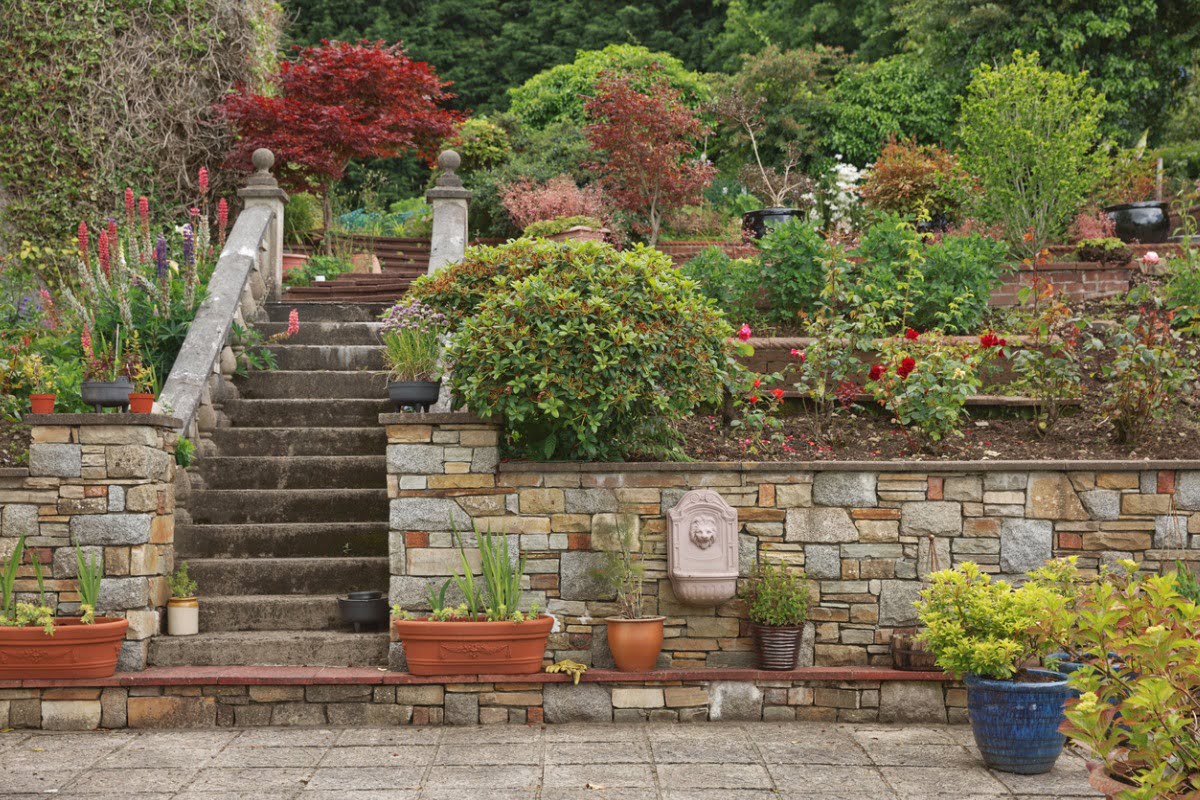
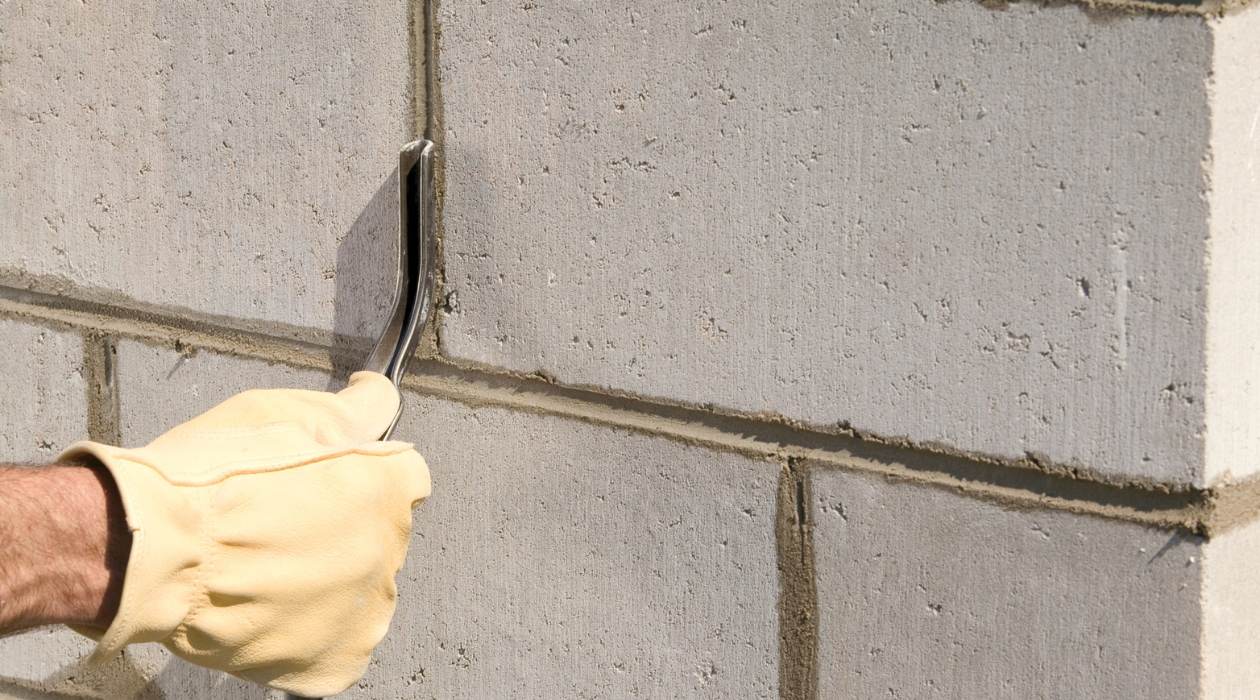
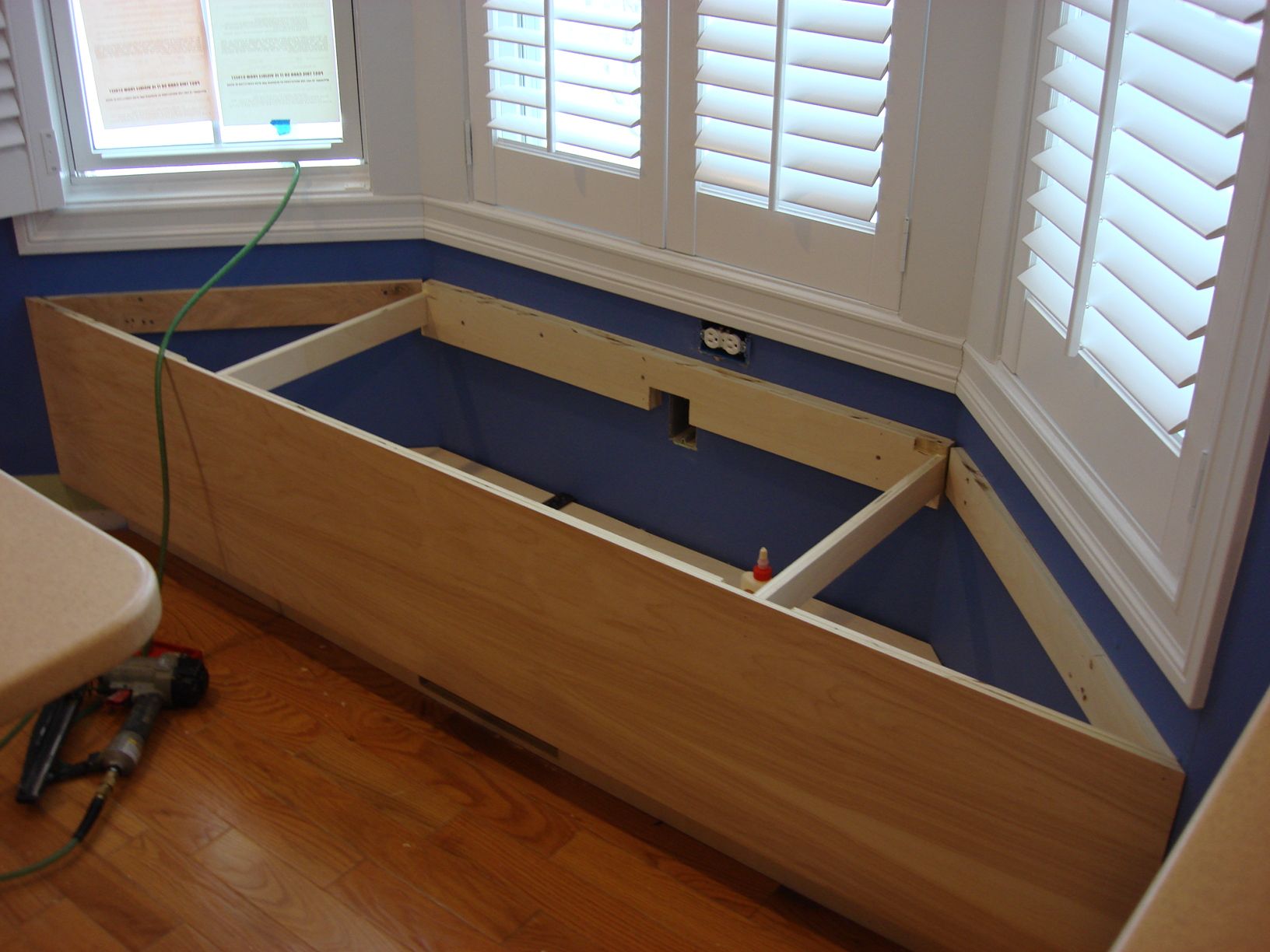
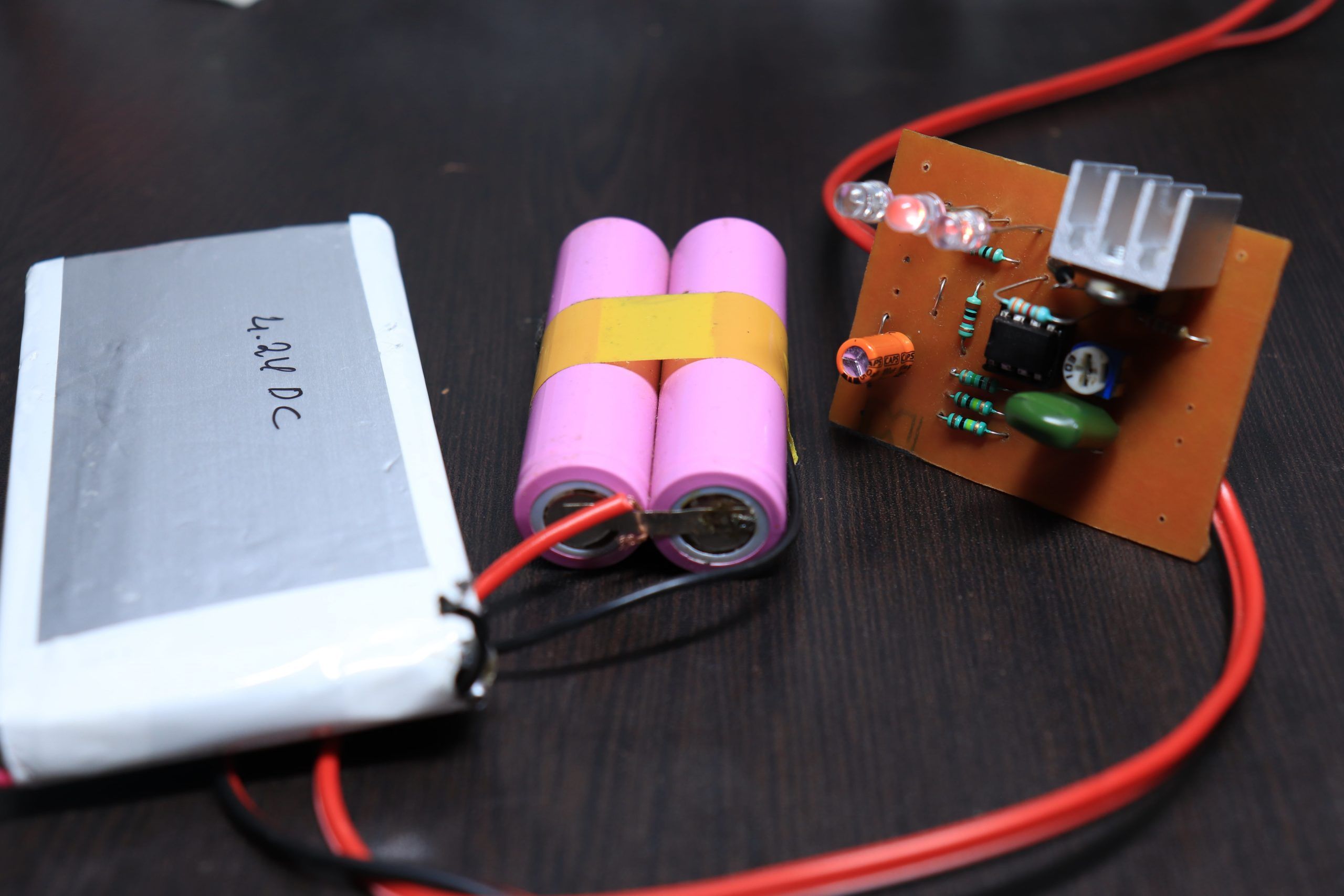
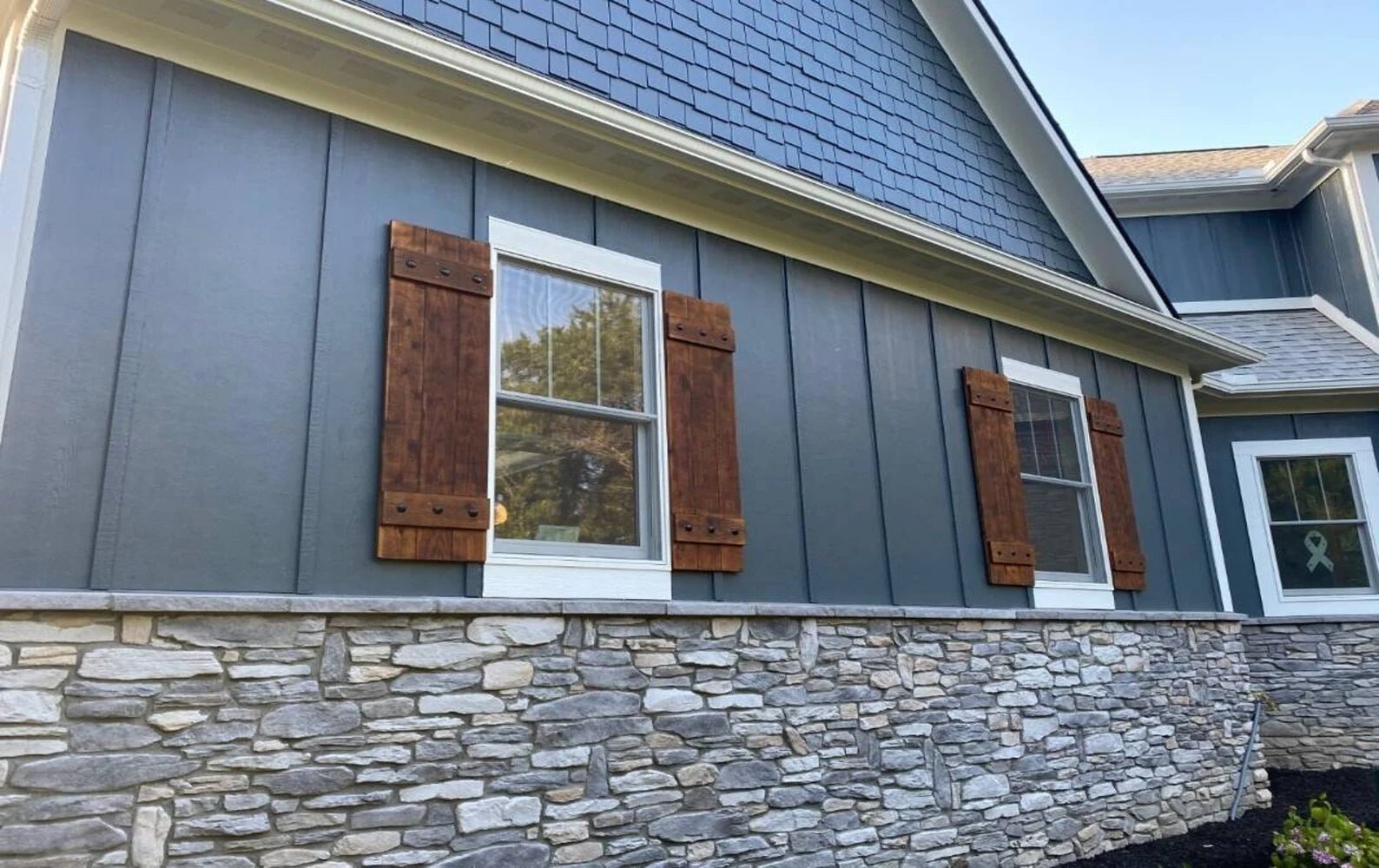
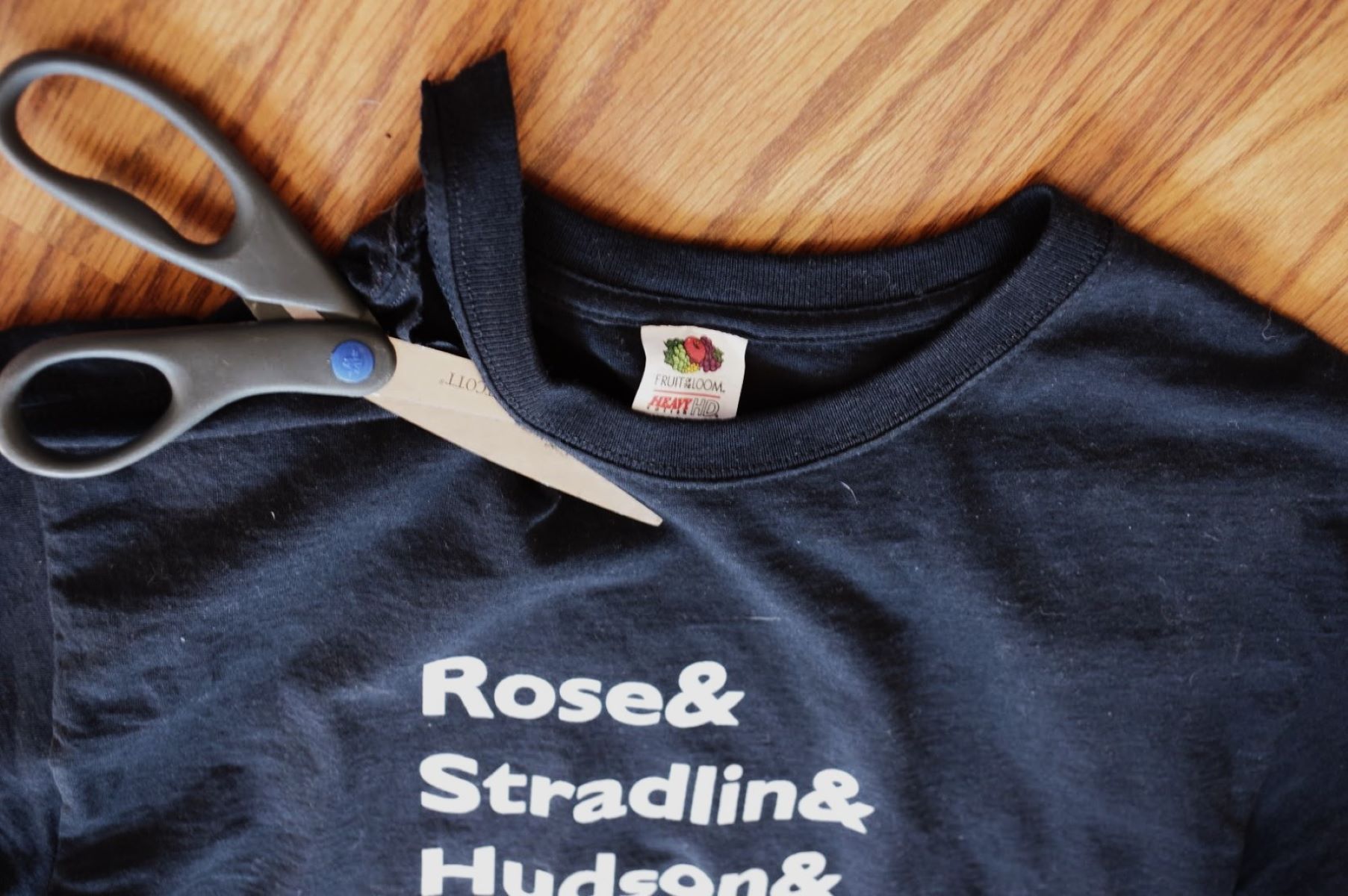

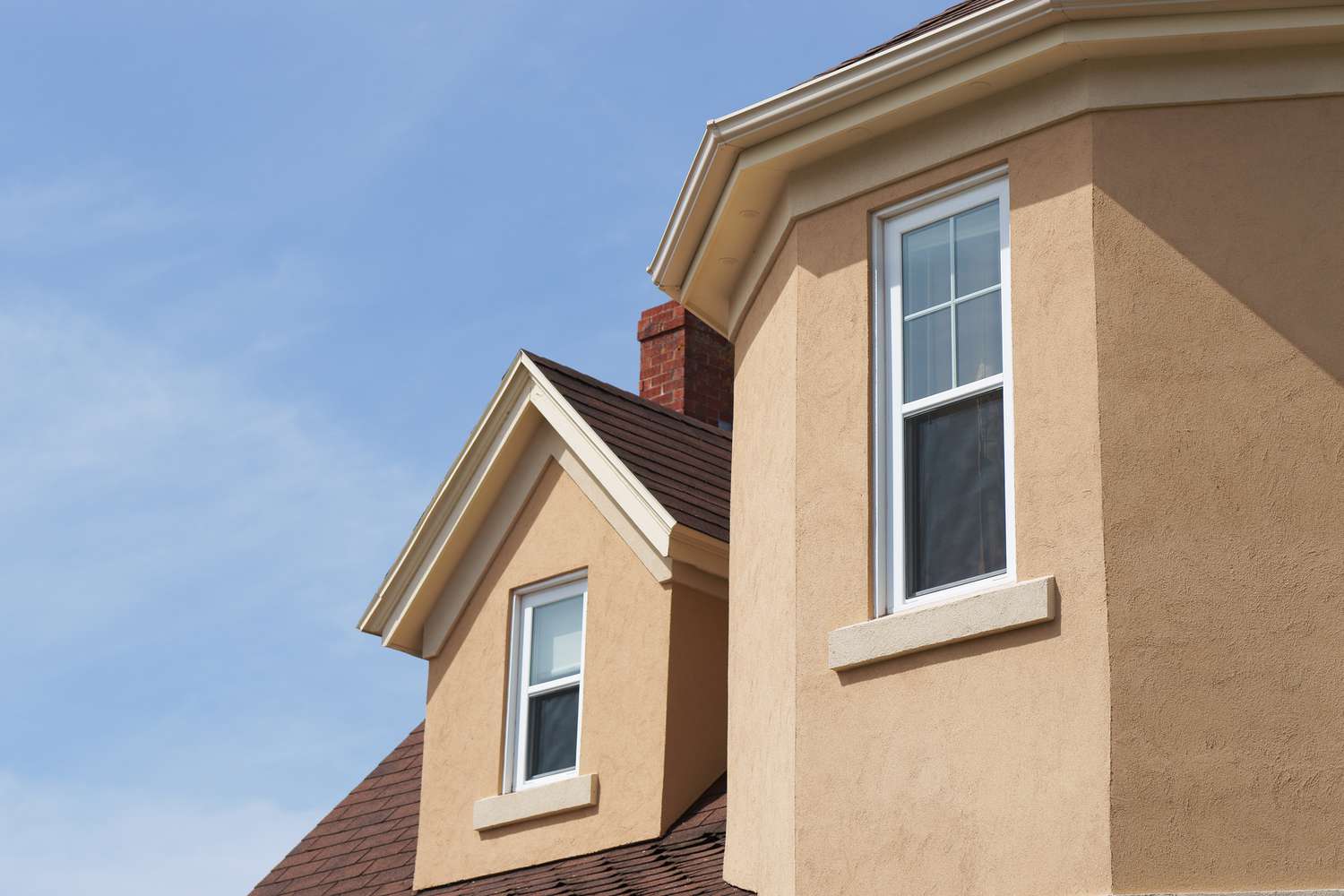

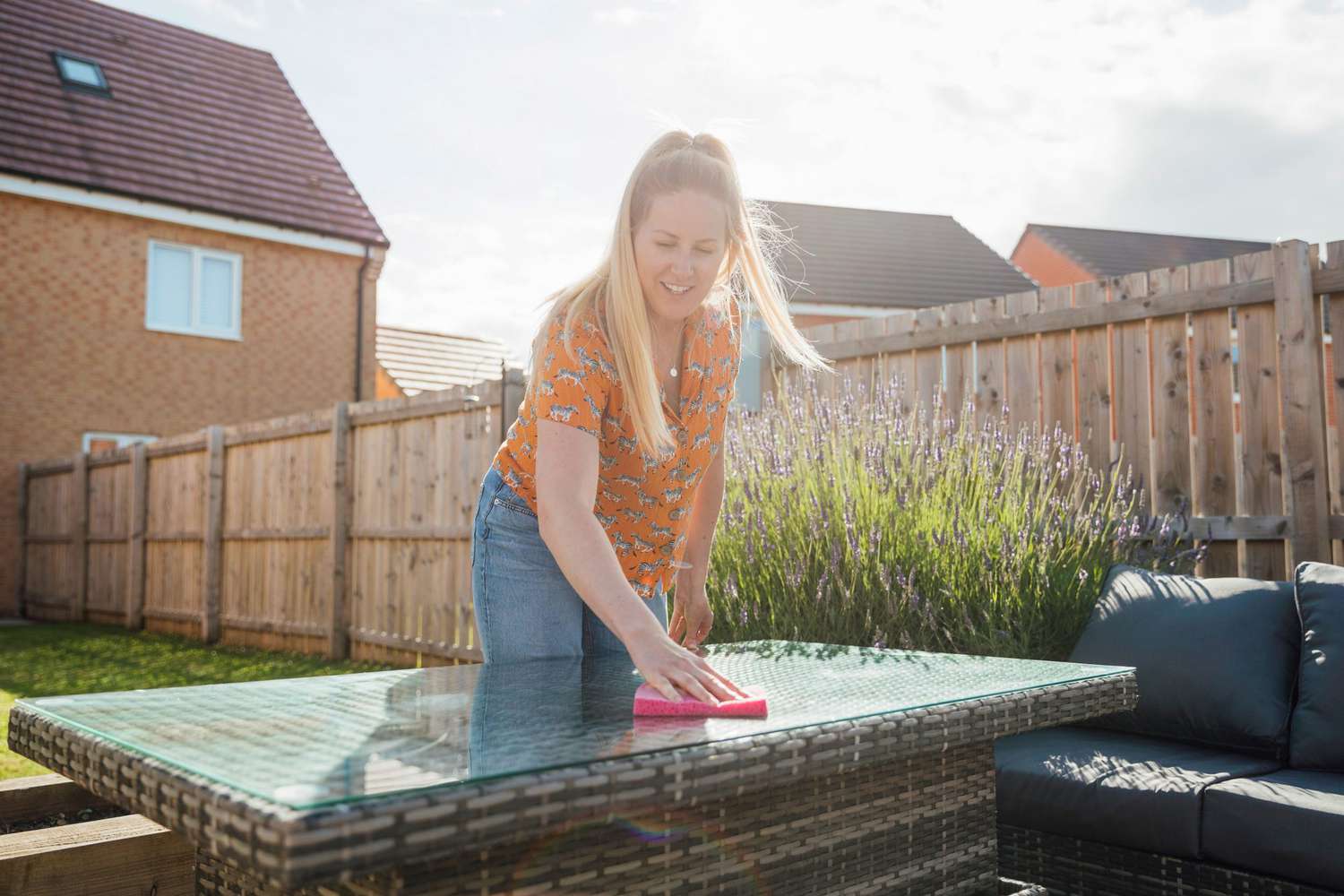

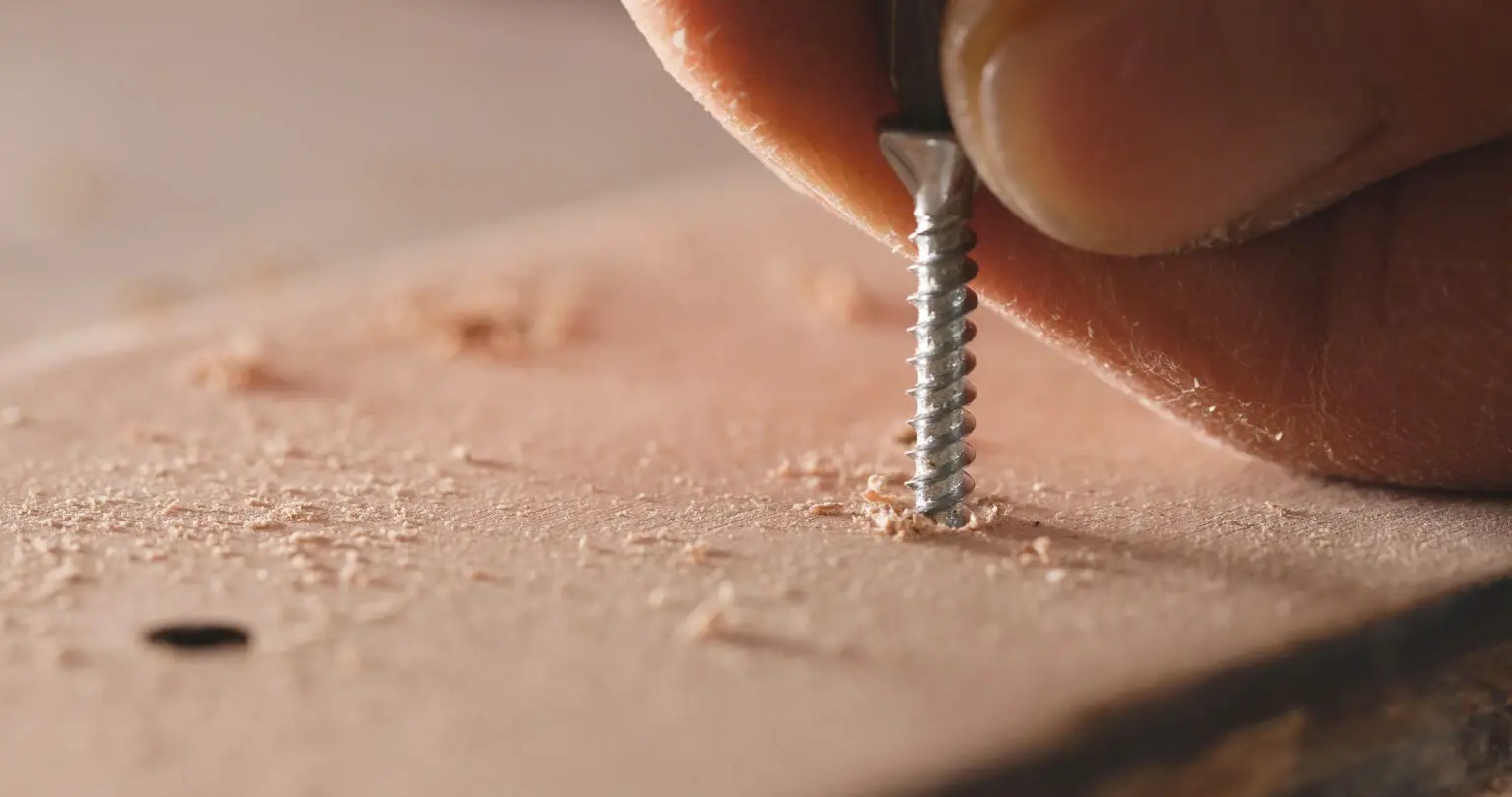
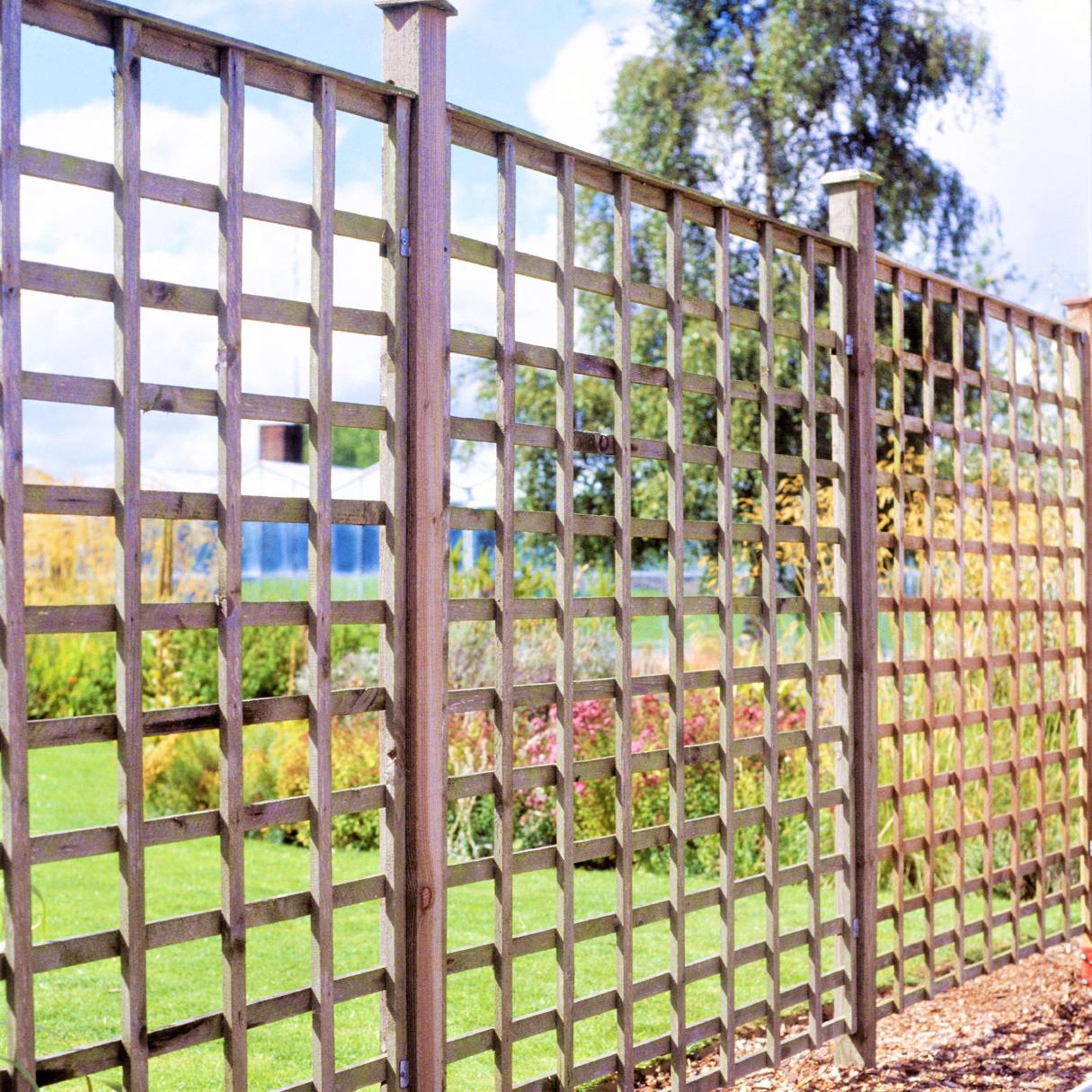

0 thoughts on “DIY Projects: How To Drill Into Cement Walls”